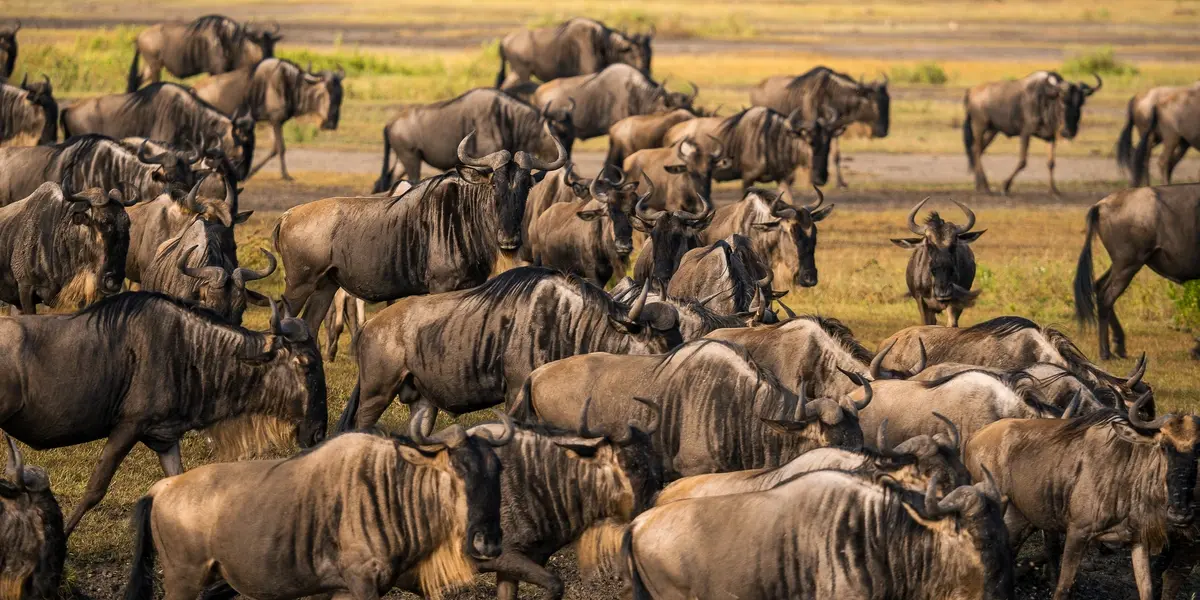
Contents
Share
Mambo!
Have you been to Serengeti? I have been visiting and operating safaris to Serengeti National for over 25 years.
Located in Tanzania, the 14,763-kilometer-square Serengeti National Park is known for its vast savannahs, diverse wildlife, and annual wildebeest migration. For the visitors, this was the opportunity of a lifetime.
The visitors were left with a newfound appreciation for the beauty and complexity of the natural world. The Serengeti had left an indelible mark on their hearts, and they knew they would never forget the incredible experience they had just had.
1. Game Drive
As the sun rises over the Serengeti National Park, the excitement for any visitor is to embark on a game drive and have the chance to witness some of the world’s most amazing wildlife in their natural habitat.
The park consists of different environments- lakes, forests, savannahs, swamps, and many more—giving visitors a perfect picture of their lifetime.
Here’s what you can expect on a game drive in Serengeti National Park:
- Wildlife Sightings: The chance to see Africa’s iconic wildlife on a game drive. With 70+ mammal species, it’s among the best for wildlife viewing. Early morning and late afternoon drives offer better chances to spot predators. The experience is unforgettable and humbling.
- Scenic Landscapes: The stunning landscapes include rolling hills, vast plains, and rocky outcrops. A game drive will allow you to experience these landscapes up close and capture stunning photos.
- Knowledgeable guides: They will help you spot wildlife, share interesting facts and stories about the animals and the park, and ensure your safety.
In summary, a game drive in Serengeti National Park is an unforgettable experience, and it’s a must-do activity for anyone visiting the park.
2. Wilderness Migration
Experience the awe-inspiring Serengeti Great Migration, an incredible wildlife spectacle in East Africa. Witness millions of wildebeest, zebras, and gazelles as they traverse the Serengeti, accompanied by thrilling predator-prey interactions. This annual event is a must-see natural phenomenon, showcasing the beauty and drama of the animal kingdom in just one safari adventure.
The migration is driven by the search for food and water. It is a continuous cycle that revolves around the changing seasons and the availability of grazing resources. The animals move in a circular pattern between Serengeti National Park in Tanzania and the Maasai Mara National Reserve in Kenya.
Dry Season
From June to October is the most popular time to visit. During this time, wildlife congregates around water sources, making it easier to see animals like lions, elephants, and rhinos. The dry season also has the best weather, with little rain, allowing you to enjoy a clear sky and excellent visibility for photography and sightseeing.
Wet Season
from November to May, offers a different kind of beauty. While rainfall may occur, the landscape is lush and green, making it an ideal time for birdwatching, as many migratory species flock to the crater. It is also less busy, so if you like a more tranquil, personal experience, now is the time to go. Furthermore, the calving season, which comes in early months such as January and February, provides an excellent opportunity to observe the birth of wildebeest calves and other animals.
Lifetime Experiences
The best time to visit the Serengeti National Park in Tanzania depends on what you want to experience during your trip. The park offers a wide range of wildlife-watching opportunities and natural phenomena throughout because of the seasonal and animal migration changes.
The Great Migration and the weather are the two key things to consider.
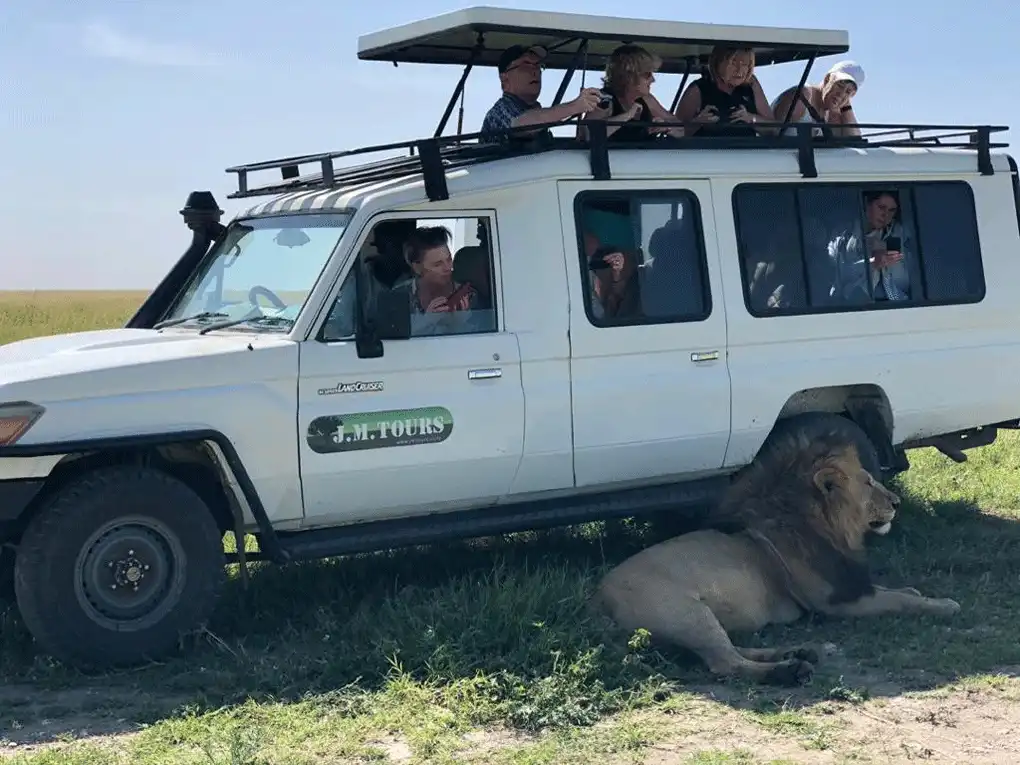
The best time to go for a Ngorongoro safari is ultimately determined by your priorities. If you’re looking for abundant wildlife and dry, clear weather, this time of year is perfect. If you like lush vistas, less tourists, and unique birding chances, the rainy season is the time to go. No matter when you visit, Ngorongoro Crater presents an unforgettable adventure in the heart of Tanzania’s natural beauty.
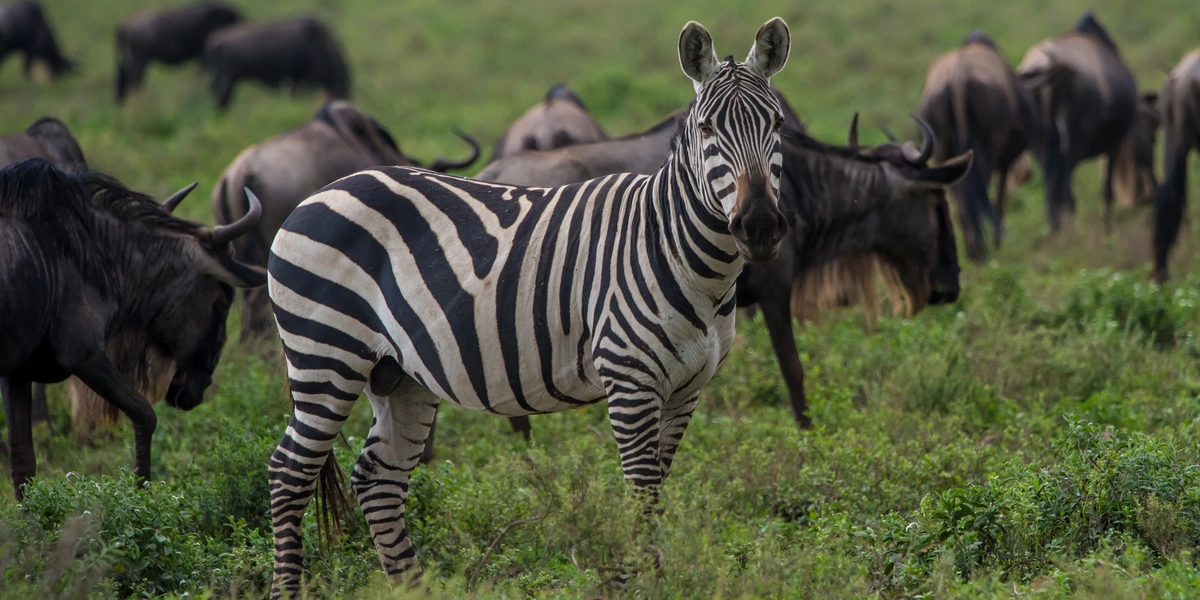

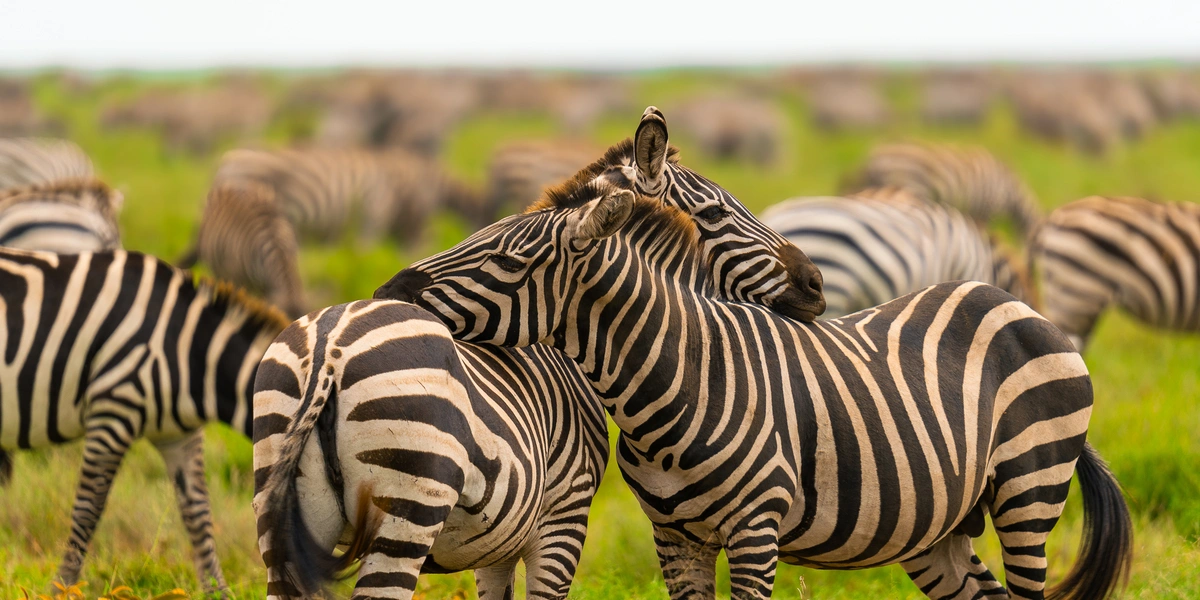
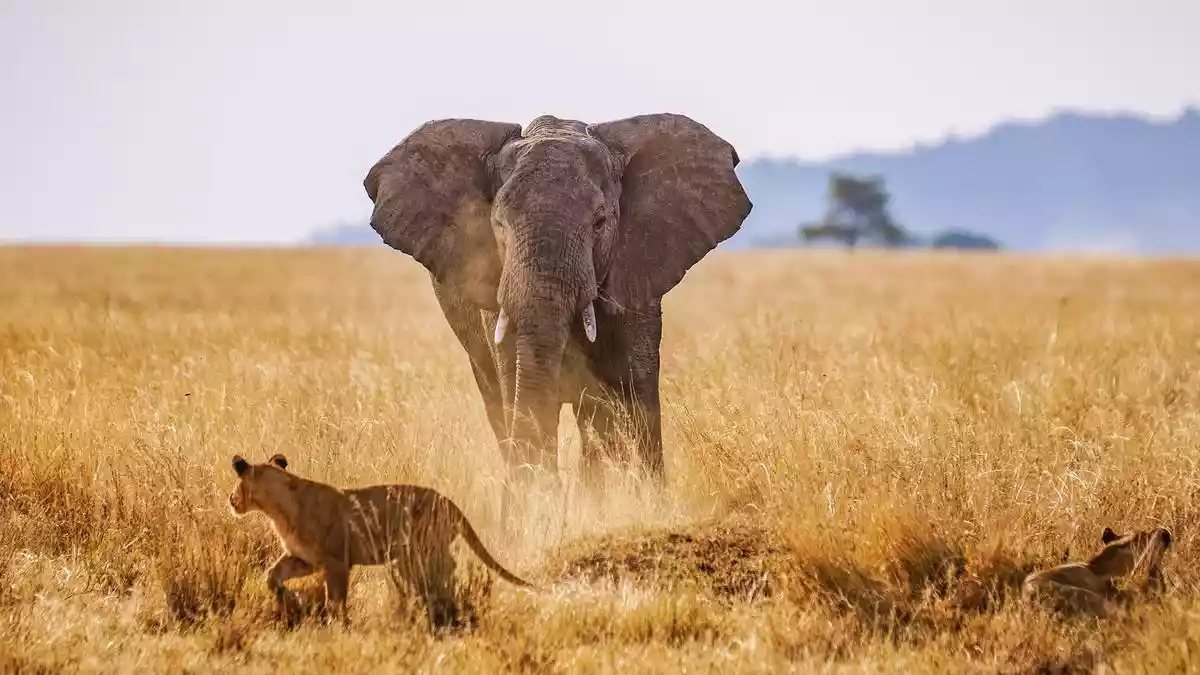
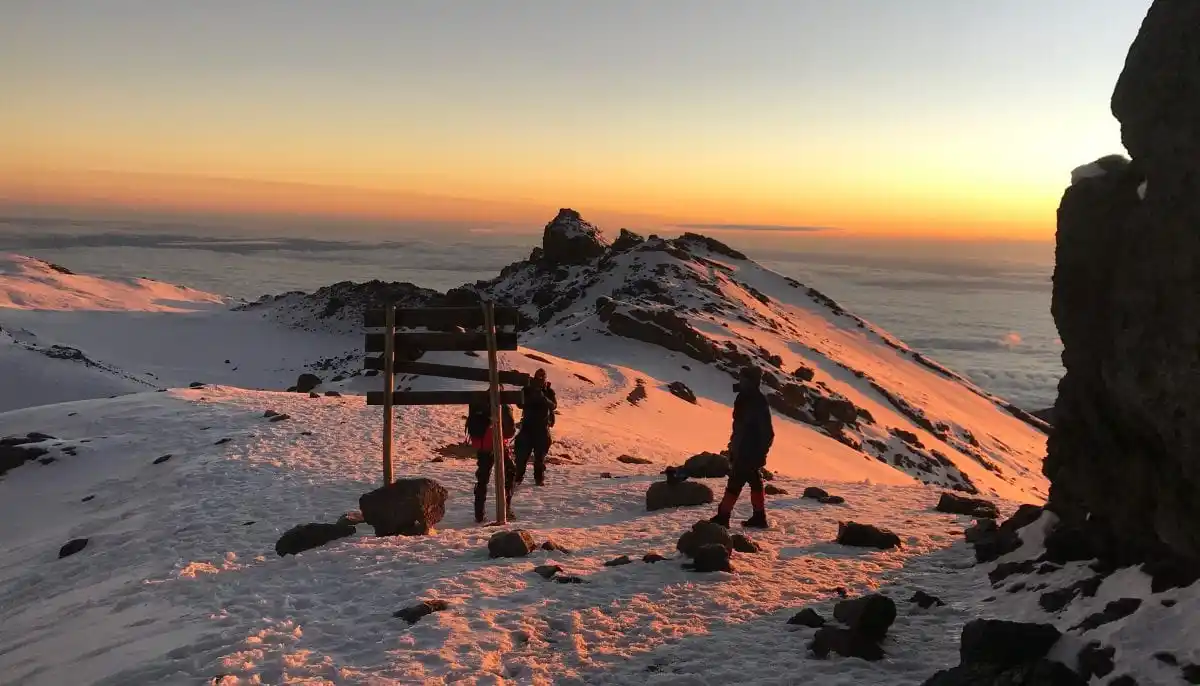

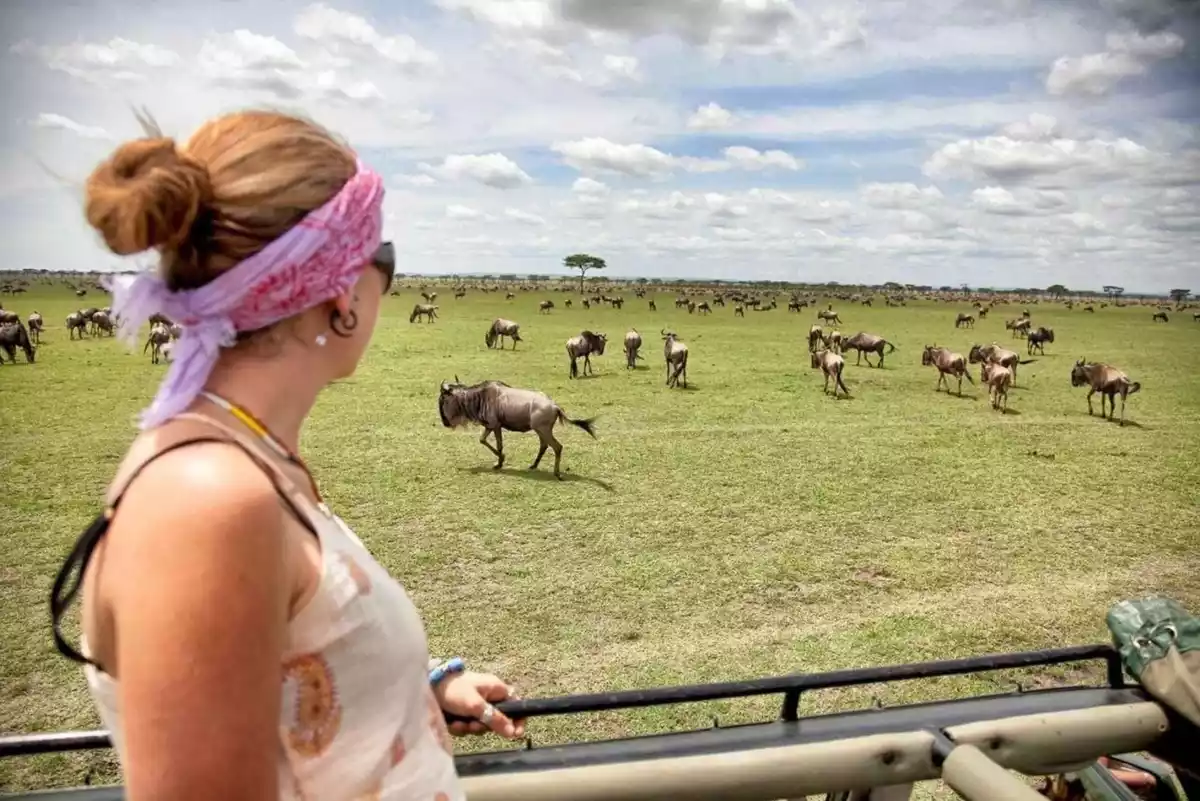

One Response
Love this